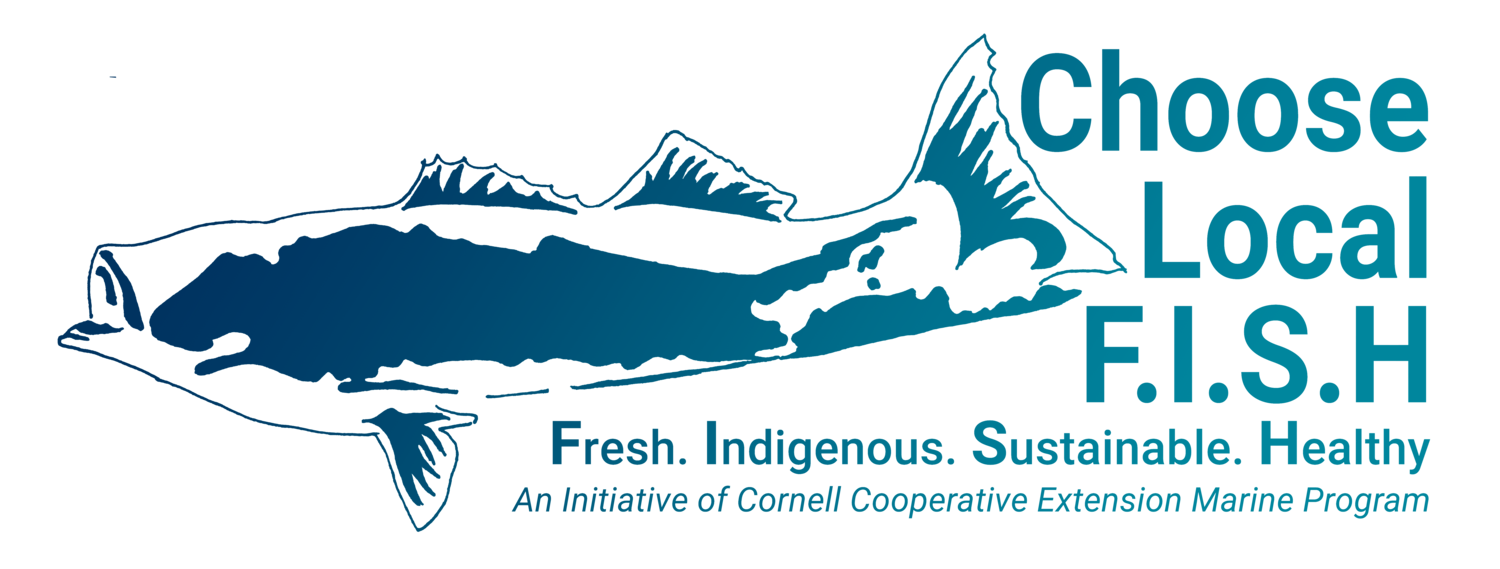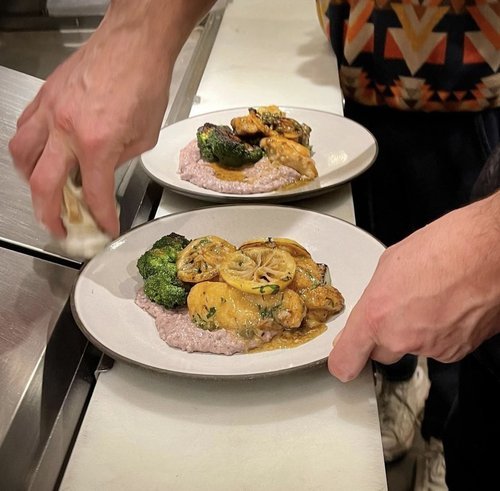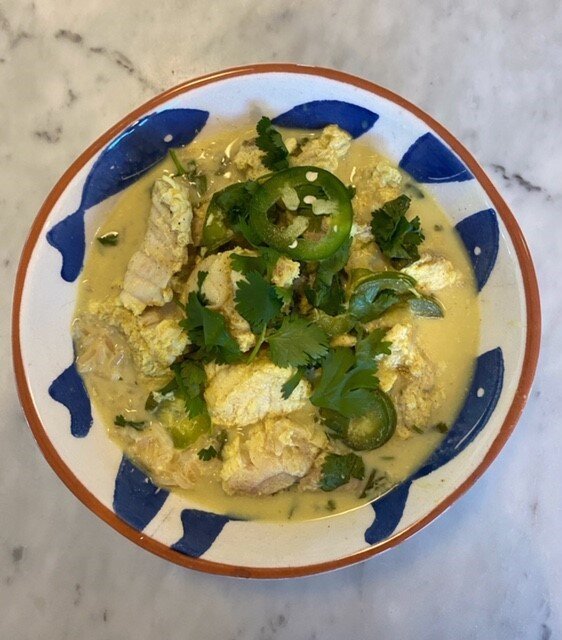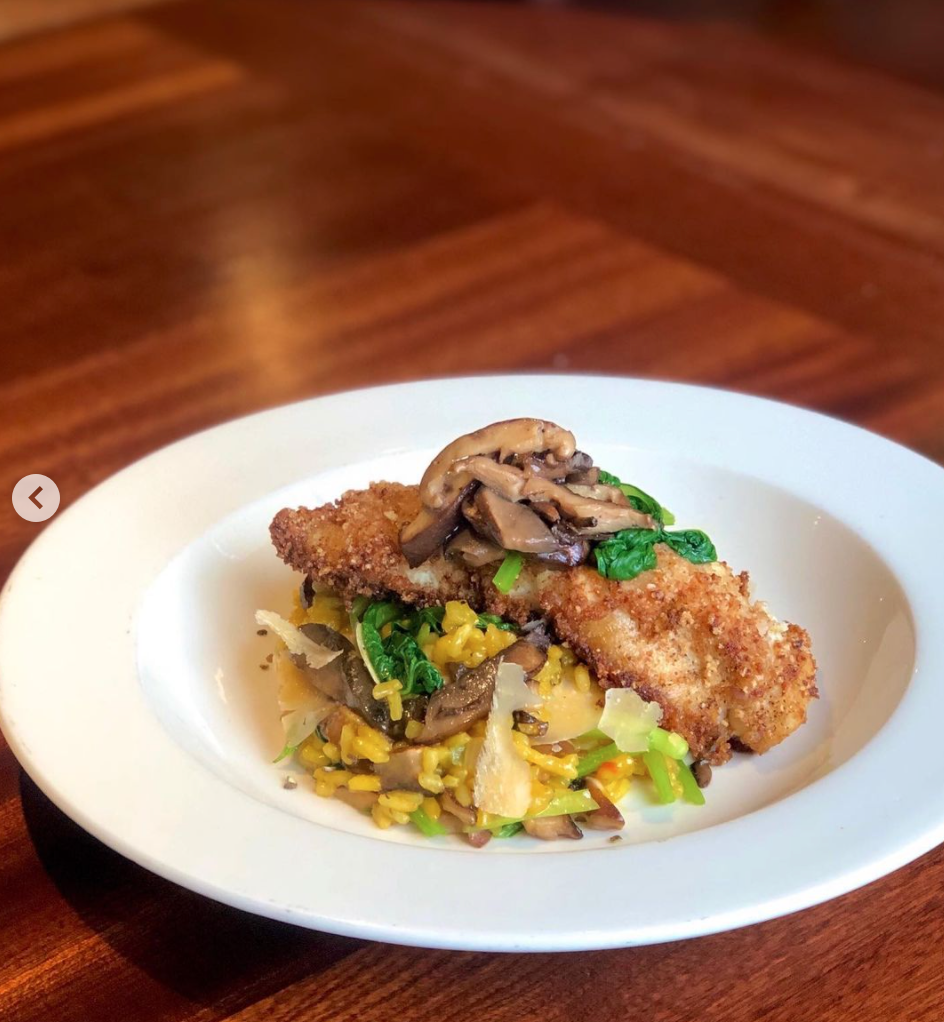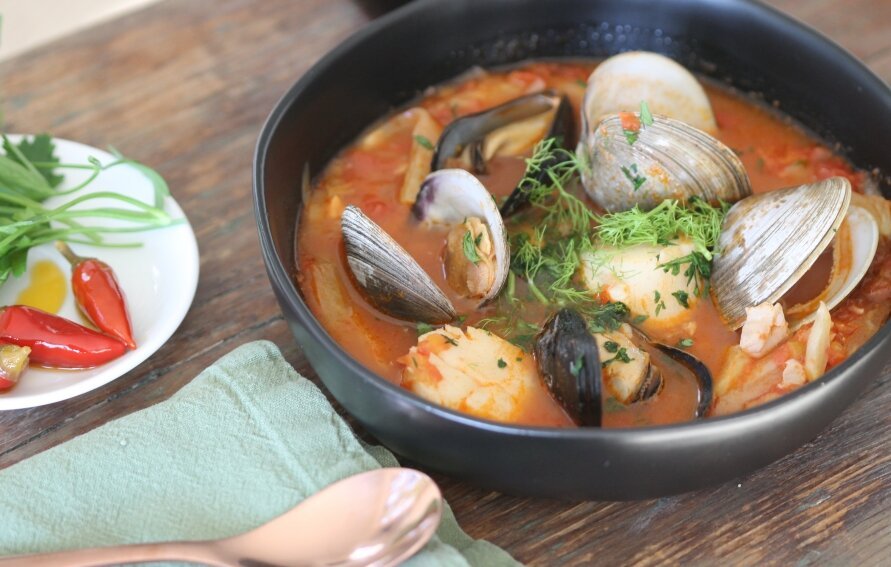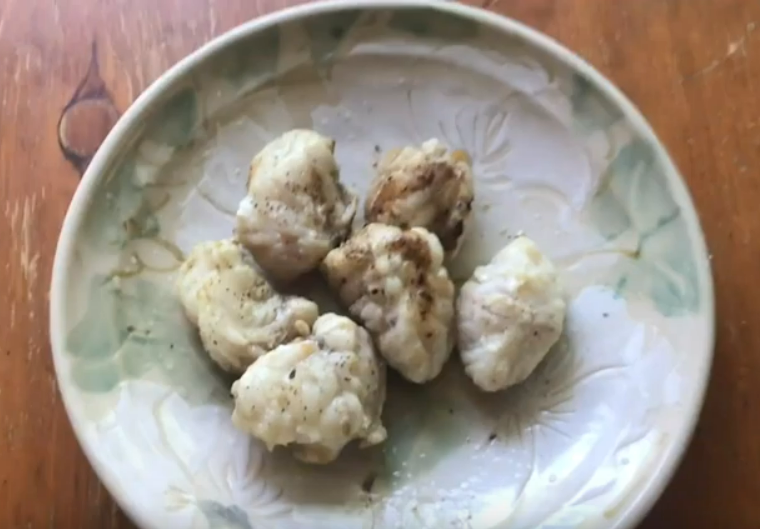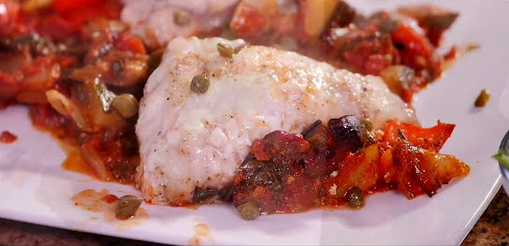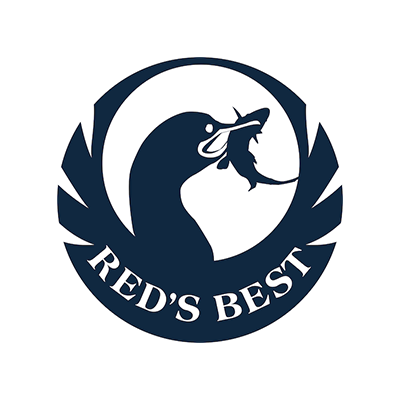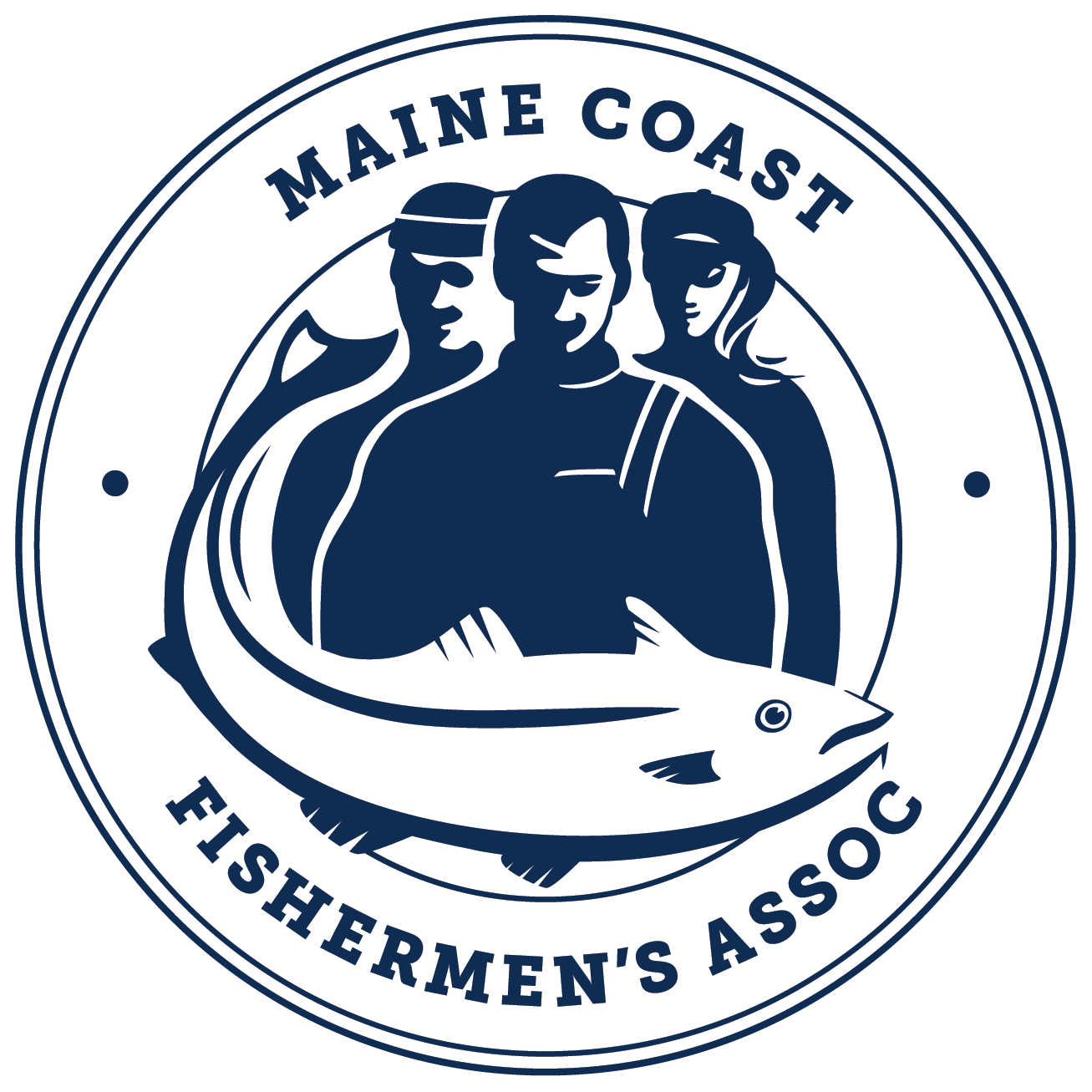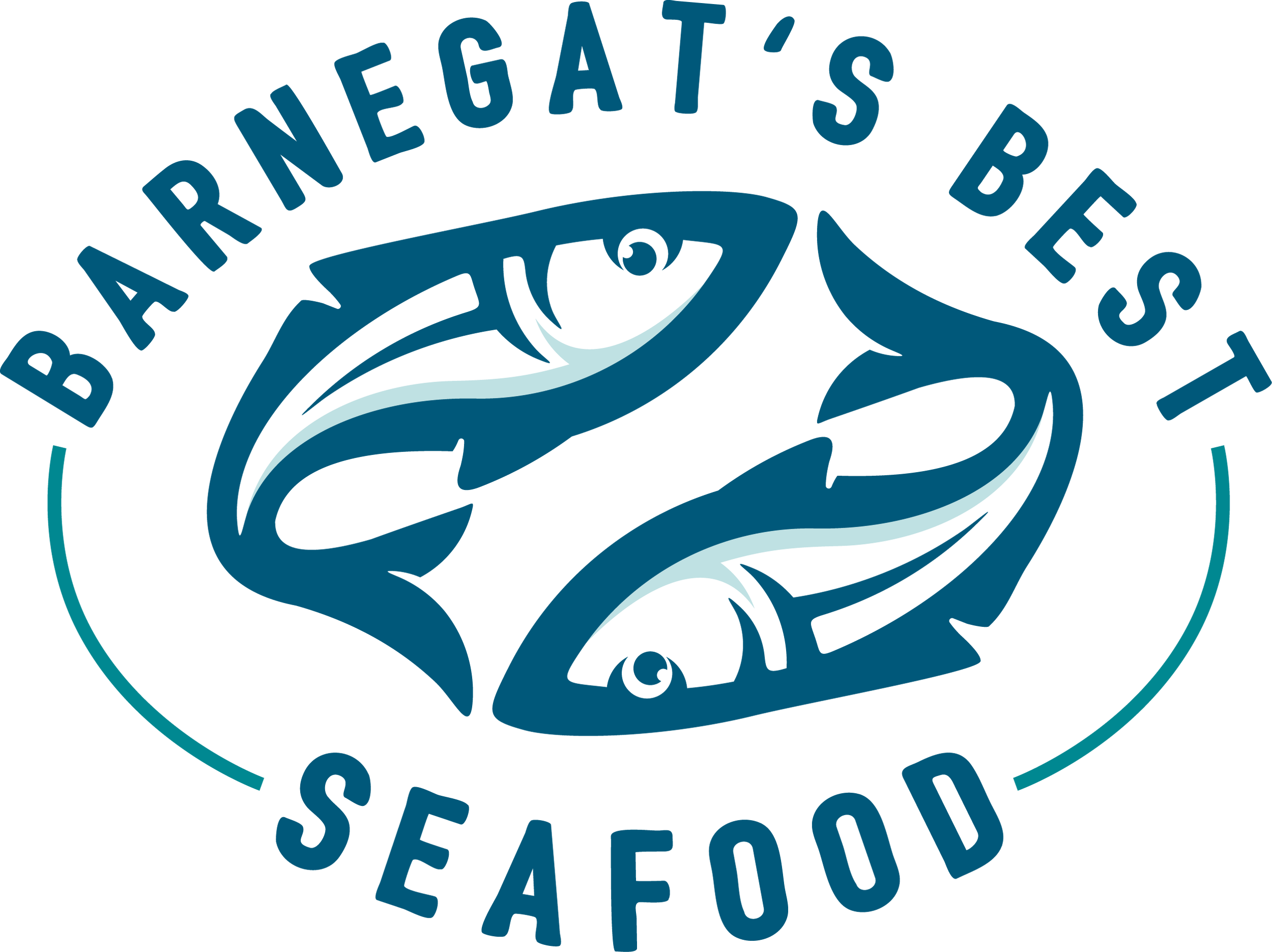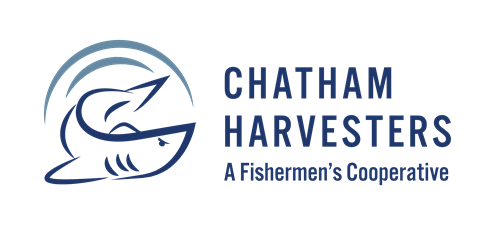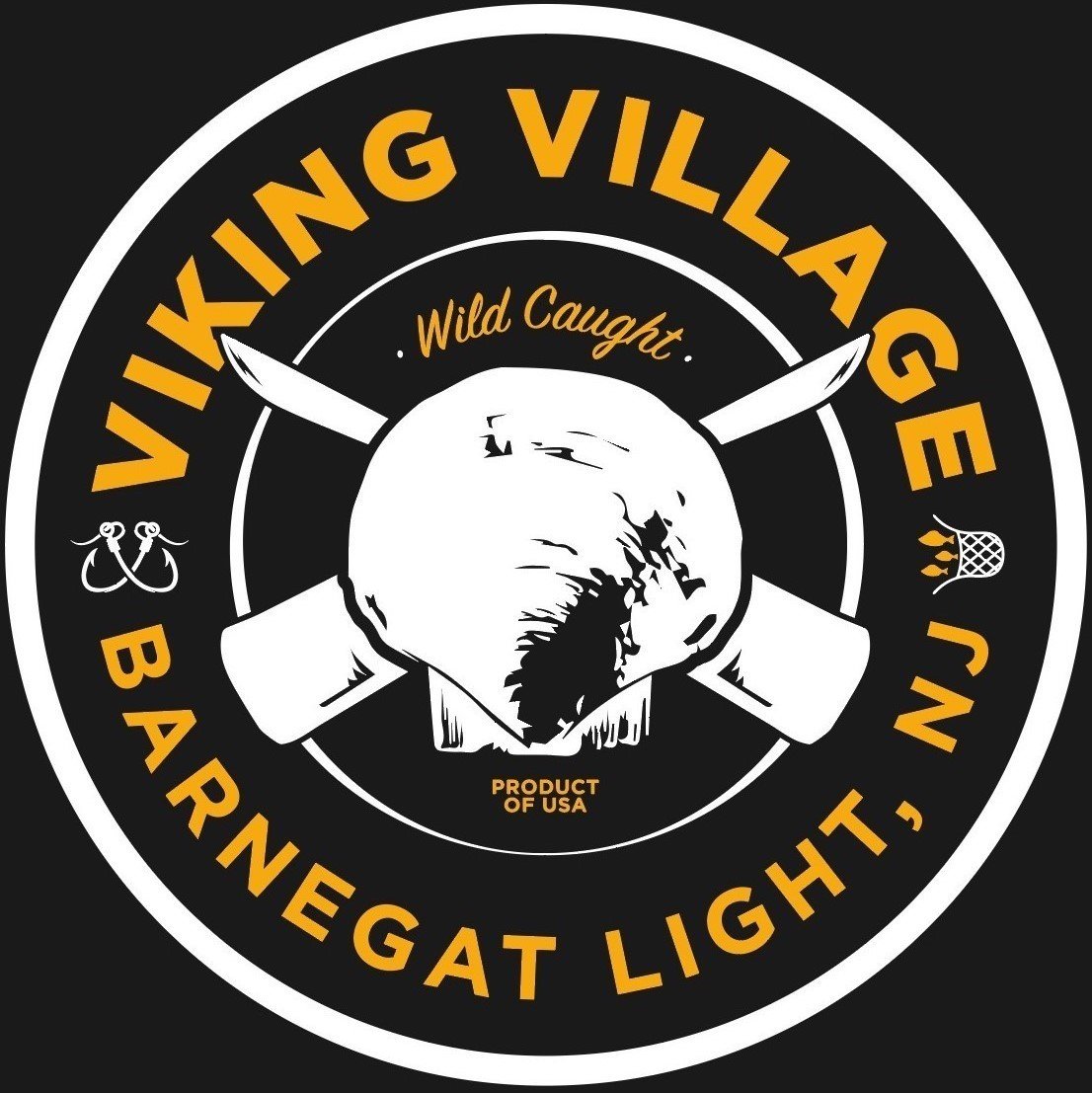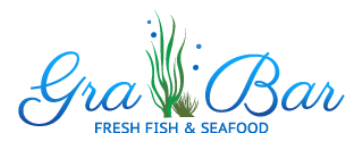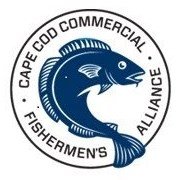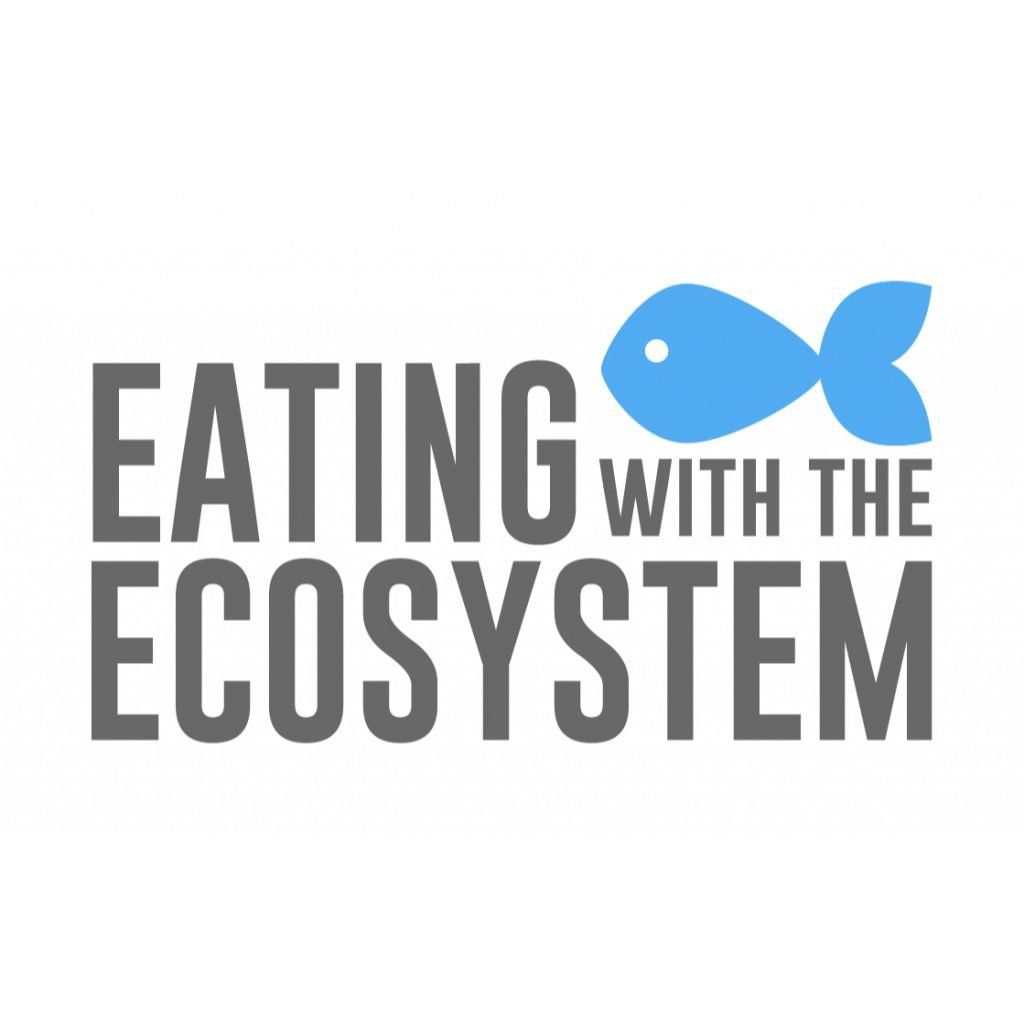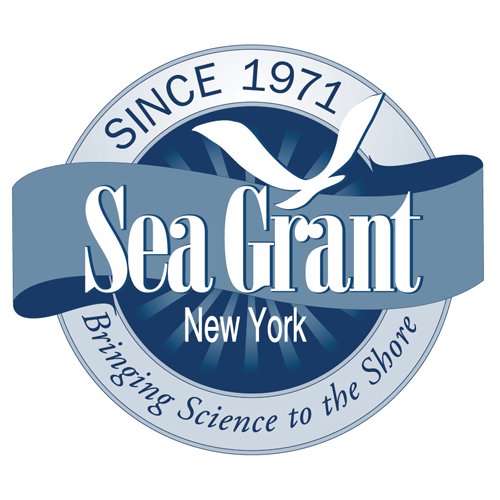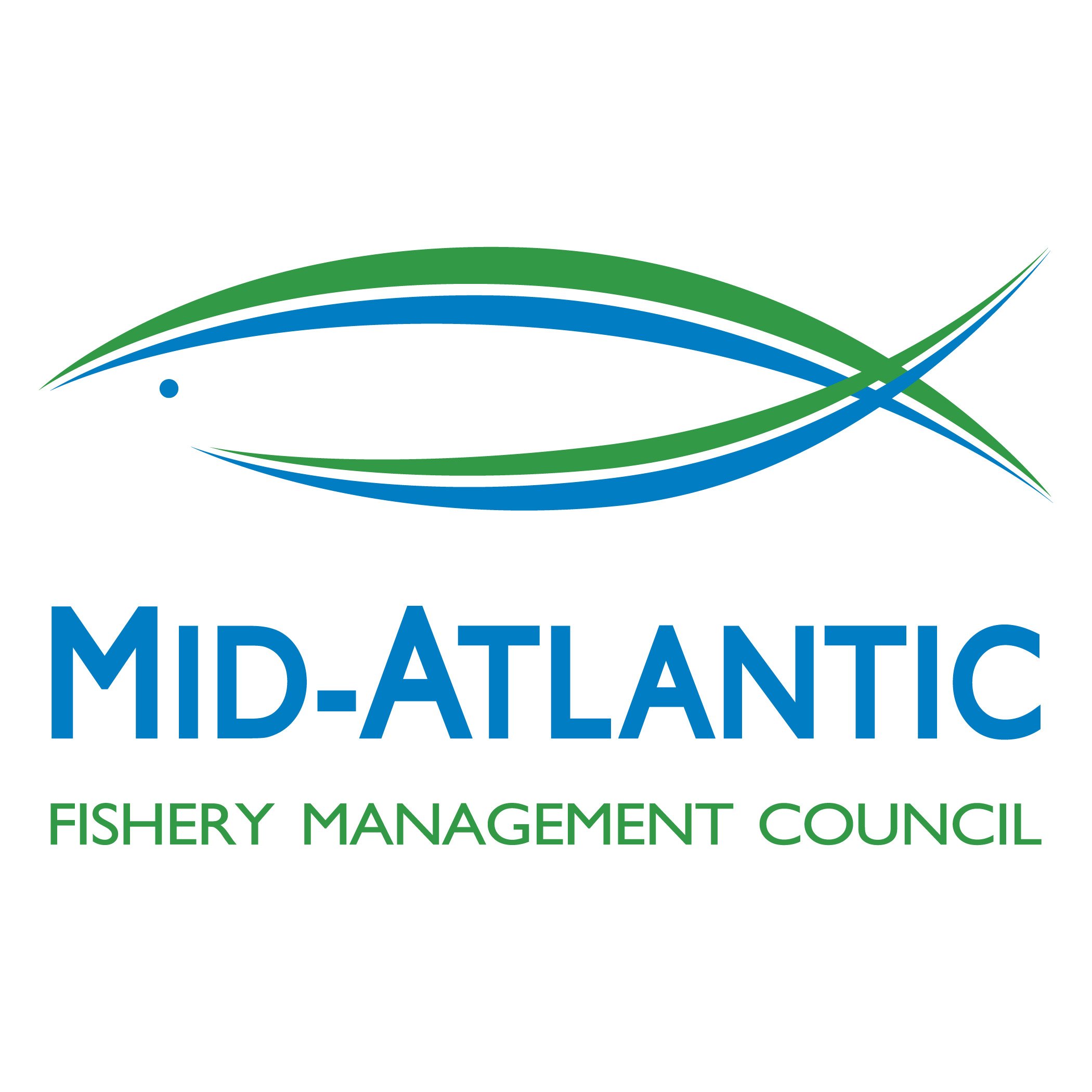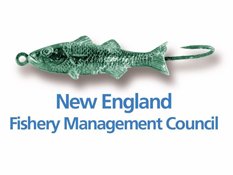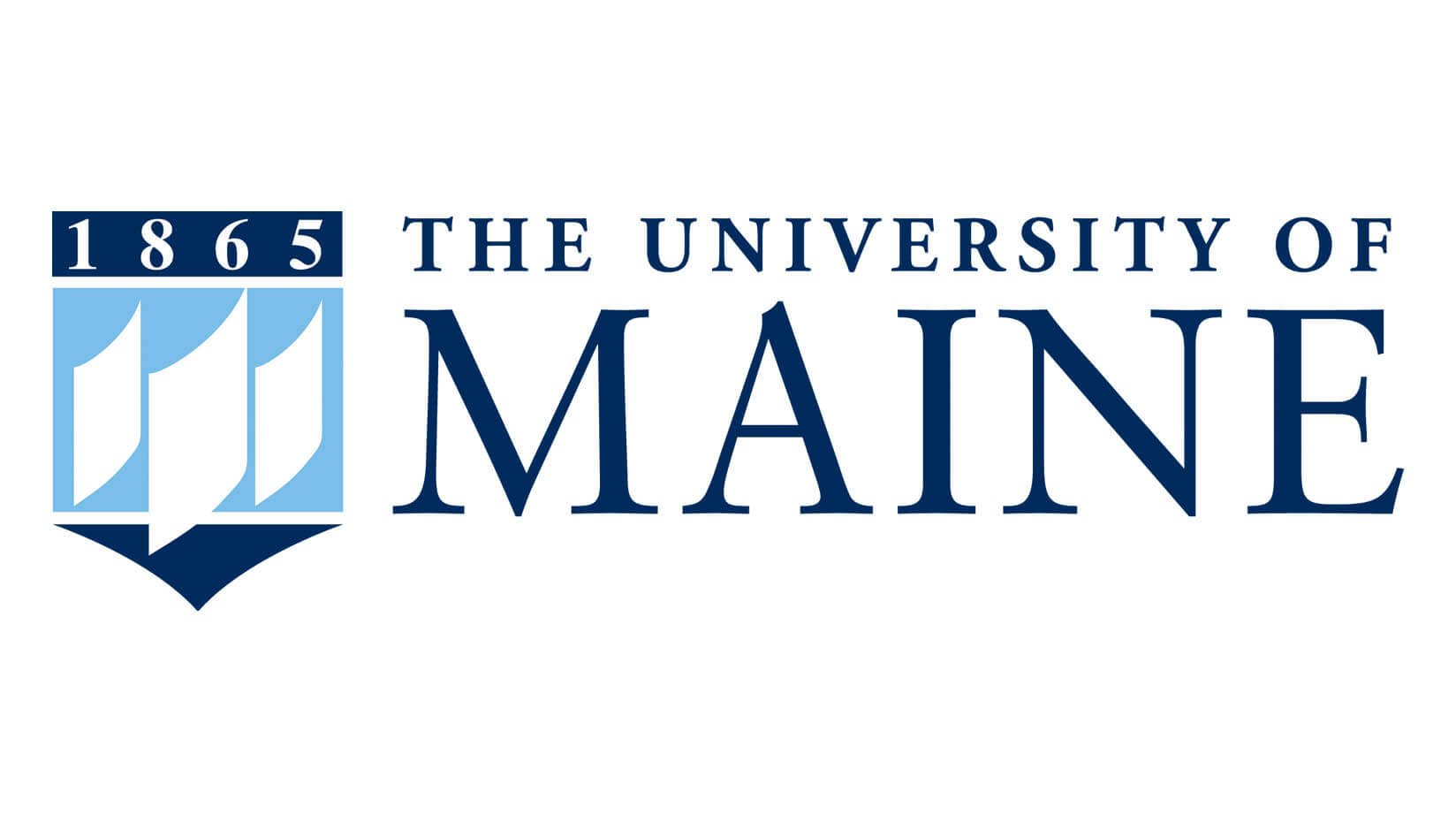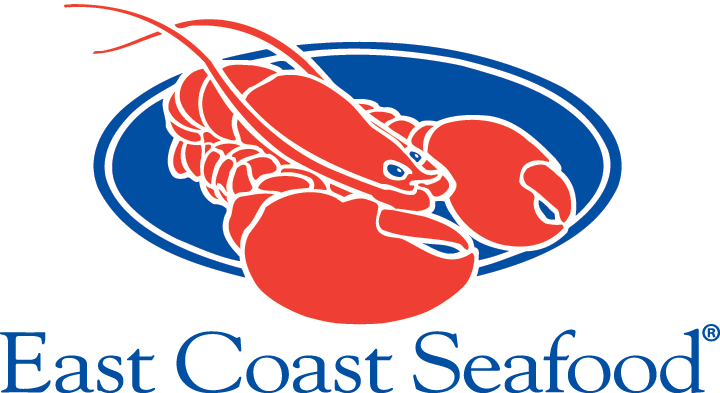On This Page…
+ About the Project
+ Monkfish Recipes & Video Demos+ Health and Eco Benefits
+ Monkfish in Media
+ Our Project Partners
About the Project:
In 2022, Cornell Cooperative Extension (CCE) of Suffolk County’s Marine Program, Fisheries, received a NOAA Saltonstall-Kennedy Grant to conduct a Market Analysis and create a Marketing Plan for the American Monkfish fishery of the Northeast. For many years, monkfish has steadily seen a decline in demand - a fishery heavily dependent on its foreign markets in Korea and Europe, the introduction of alternatives in those countries has left monkfish fishermen and the industry at large struggling without a domestic market to fall back on. CCE and its partners, hailing from Maine to New Jersey, have come together to change that. We want Northeast consumers to know that:
Monkfish is Fresh - most American monkfish is caught and landed in New England, New York, and New Jersey.
Monkfish is Indigenous - it’s native to the Northeast US and supports local fishing communities.
Monkfish is Sustainable - American fisheries are some of the most regulated fisheries in the world, and monkfish is no exception!
Monkfish is Healthy - it is an excellent source of protein and essential minerals, without much fat.
[Monkfish Recipes]
Monkfish is a firm, white fish that doesn’t flake like other fish. With these qualities, and mild taste, monkfish has been called “the poor man’s lobster” ever since it first became a popular food fish during the ‘80’s and ‘90’s here in the Northeast. The moniker still holds today - you can replace any lobster dish with a monkfish equivalent. Monkfish can be cooked any way you like your fish or lobster - grilling, broiling, frying, baking - this tough fish is forgiving to both the inexperienced home chef, and to the foodies who like to experiment, alike.
Here are a bunch of recipes you can try from CCE and our project partners!
[Cooking Tip!]
No matter how you decide to cook your monkfish, make sure either you or your fish monger removes the gray membrane, also called the silver skin, on your monkfish tail or fillets before you cook! Watch this video from Maine Coast Fishermen’s Association and SeaGrant to learn how.
[Monkfish Cooking Demo Videos]
MONKFISH CHOWDER
[Health Benefits of Monkfish]
Low in sodium; a good source of niacin, vitamins B6 and B12, and potassium; and a very good source of protein, phosphorus, and selenium.
[Eco Benefits of Monkfish]
US wild-caught & Sustainable - monkfish is plentiful from Maine to North Carolina. Monkfish is caught by sink gillnets and bottom otter trawls throughout its range, over sand and mud bottom that naturally withstands environmental disturbance. Bycatch species are typically other under-utilized fish such as skates and dogfish. Learn more.
[Media Monkfish]
Follow All Things Monkfish on Instagram, Facebook, and TikTok - @Eat.Monkfish
April 5, 2023 - New program aims to bring back monkfish market. The National Fisherman
October 10, 2023 - Making the case for monkfish. The Northforker
February 29, 2024 - Why You Should Try Monkfish. Podcast - National Oceanic and Atmospheric Administration
March 10, 2024 - Cornell Cooperative Extension to Feature the “Golden Goose-fish” of the Northeast at Seafood Expo North America 2024
